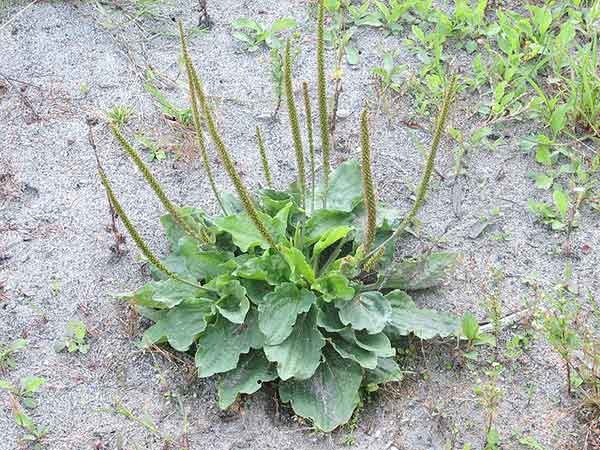As passionate growers, we all hope for beautiful flower beds, productive vegetable gardens, and lush patches of herbs. A place where different colors, shapes, and sizes blend perfectly in harmony to satisfy our artistic goals.
There is nothing more satisfying than succeeding in bringing the perfect garden to life! But the path to “garden perfection” has some roadblocks, and weeds are a major one. There are so many of them, and they multiply fast and strong! The green rebellion likes to take over what used to be well-organized yards and rows.
How to destroy the enemy? Make some tea!
Instead of feeling disappointment and extreme frustration (why didn’t we see them before they took over the full lot?!), think about viewing the weeds from a different perspective. Don’t just rip them up and throw them into the compost pile; put them to use in other ways throughout the year.
Knowledge is the key: from weeds to treasures.
These plants need to be known better. They may not provide us with an abundance of food like our beloved vegetable patch does, and may not be as impressive-looking as our ornamental plants, but even with their muted colors and simple shapes, they are potent and effective! From making nutritious teas, herbal remedies, and delicious salads, to creating nutrient-rich green manure, the usually despised green intruders are, in fact, precious gems.
Annoying weeds, tasty and rich foods!
Over the years, the world’s soil has been significantly depleted of its nutrients through the commercial, large-scale modern way of farming. The apparent result is that the food we eat is now less nutritious for our bodies than it was a century ago. Today, we need more than an apple a day to keep the doctor away. But believe it or not, adding some weeds from the garden to your menu can make up for lost nutritional value.
If you have used cow or horse manure to fertilize your crops, there is an excellent chance that Lamb’s Quarters (Chenopodium album) grows happily and abundantly in your garden. You probably are already well-acquainted with its closest cousin; spinach! This is one of the most common weeds that grow in gardens. The tender tops, harvested in the spring or summer, can be sautéed, steamed, or added to soups. The benefits are many; it is an excellent source of minerals such as manganese, potassium, calcium, and copper.
Purslane (Portulaca oleracea) is also a power food that grows generously in gardens. Part of the succulent plant family, its shiny, crunchy, and fatty leaves are filled with health benefits. With high amounts of beta-carotene, ascorbic acid, and alpha-linolenic acid, this weed has a better nutritional value than other cultivated vegetables. Packed with antioxidants, purslane can be eaten raw in salads or sandwiches or cooked in heartier meals like a delicious quiche.

Medicine powerhouses!
The humble weeds that grow freely in our gardens have fantastic medicinal properties. For example, Stinging nettle (Urtica dioica) is widely-viewed as troublesome due to the sharp, tingling pain it can cause when touched. But this plant is practically a health super-hero. Nettle is very nourishing, and despite its thorns, has a very gentle effect on the body. Its chlorophyll content is high, and it is also very rich in minerals, like iron. An herbal infusion from the dried herb is one of the best ways to unleash its many benefits.
Stinging nettle can also be used as a very rich green manure. All you have to do is soak the fresh plant in a bucket for three weeks, and then use the strong resulting tea to water your plants.
Broadleaf Plantain (Plantago major) is another example of a precious garden weed. When applied to the skin, the crushed leaves can be used as a first-aid poultice remedy to treat insect bites, minor burns, and scratches. Also, a strong tea made with plantain leaves can help soothe the stomach and intestines, treating heartburn and other digestive conditions.

From flower to root, those pesky dandelions (Taraxacum officinale) are even good for us! Drink them in a tea or tincture, or eat them fresh in a salad to help with urinary tract issues and boost liver function.
It’s time to make an essential shift in the garden!
The next time you find the “annoying weeds” popping up around your flowers or crops, gather them joyfully! Fill your basket and be thankful for their presence and their generous health benefits. A new world awakens in between the rows from plants we never set out to grow. The moment we begin discovering and understanding our weeds, our gardens have the potential to become even more productive. The usually unwelcome herbs become treasured new friends, and this can be the way to achieve a genuinely perfect garden.